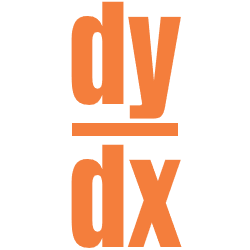Method: Max-Min Inequality Rule for Definite Integrals
Step 1: Determine the maximum y-value , , and the minimum y-value , , for your given equation, , on your given x-interval , [ a , b ].
You will not need to do a 1 st Derivative Test to find these values. Instead pause for a moment and consider two situations.
– Most often the equation, , you are given to work with is always increasing, or always decreasing on your given interval, [ a , b ]. This tells you that your minimum and maximum y-values will occur at the end points of your interval, [ a , b ].
– Another common situation is that your equation is a trig function like sine or cosine, which always bounce between a min = -1 and a max = 1.
Step 2: Multiply your value by ( b – a ) to find the “lower bound” .
This value is the smallest value that your definite integral, the exact net area,could be.
Step 3: Multiply your value by ( b – a ) to find the “upper bound” .
This value is the largest value that your definite integral, the exact net area,could be.
Step 4: Combine your results to show the interval (range between your “lower bound” and “upper bound”) that your definite integral must live between.
